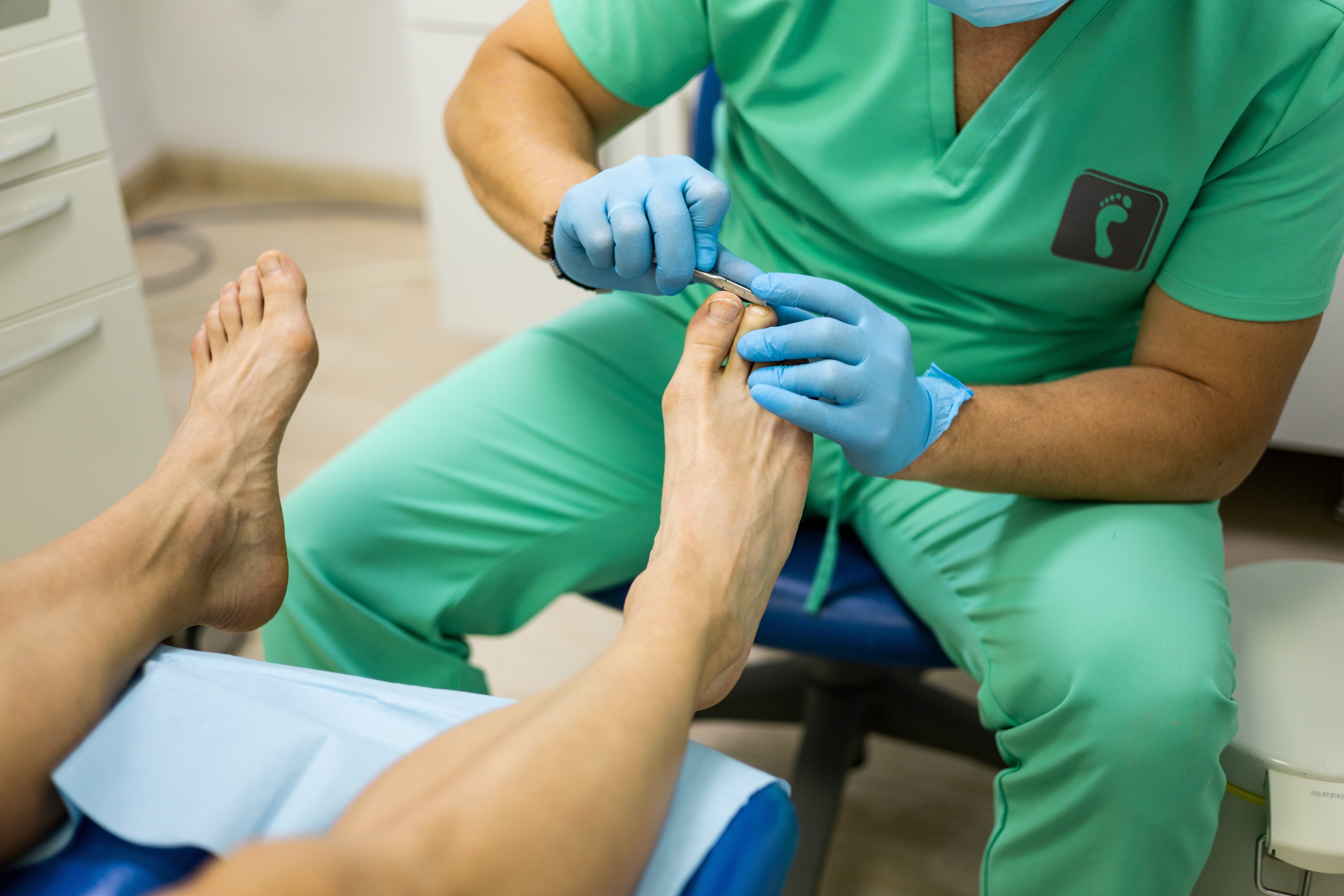Staff turnover places a significant strain on an office's finances and resources. It increases expenses related to recruiting, hiring, and training new employees, along with the cost of covering temporary staffing needs. Productivity often declines as attention is diverted to focus on the hiring and onboarding process. Additionally, turnover can negatively impact staff morale, especially when the remaining employees must take on extra responsibilities to compensate for vacant roles.
Reducing Staff Turnover at Your Podiatry Practice
Aug 5, 2025 11:12:30 AM / by PICA Risk Management Specialist posted in Practice Management
Major Changes Proposed for Medicare Reimbursement of Skin Substitutes
Aug 5, 2025 10:59:34 AM / by J. Kevin West posted in Compliance
The Centers for Medicare & Medicaid Services (CMS) has proposed significant reforms to the Medicare Part B payment methodology for skin substitute products. If adopted, the proposed changes1 would significantly decrease the reimbursement rate for such services.
Office Staffing: Handling Time Off Requests
Jul 8, 2025 10:22:00 AM / by PICA Risk Management Specialist posted in Practice Management
Managing office staffing and handling time-off requests effectively is key to maintaining smooth operations, avoiding staff burnout, and ensuring good patient care.
Having Difficult Conversations with Patients
Jul 8, 2025 10:15:51 AM / by PICA Risk Management Specialist posted in Practice Management
Having difficult conversations with patients and their family is one of the most challenging yet important responsibilities in healthcare. These conversations can involve topics like delivering bad news, discussing prognosis, setting boundaries, addressing non-compliance, or managing unrealistic expectations.
Here are some steps you can implement to optimize difficult conversations you need to have with your patient.
Compassionate, Inclusive, and Competent Healthcare: Focus on the LGBTQIA+ Community
Jun 6, 2025 11:40:44 AM / by PICA Risk Management Specialist posted in Compliance, Practice Management
While most healthcare providers are compassionate and want to provide optimal care to their patients, implicit biases exist. Healthcare providers may not be aware of implicit biases, which may be subtle and unintentional, that can influence clinical interactions, lead to a lack of trust between the patient and the healthcare provider, and result in healthcare disparities.
Managing Patient Complaints to Optimize Outcomes
Jun 6, 2025 11:40:07 AM / by PICA Risk Management Specialist posted in Practice Management
You strive to provide quality care and good customer service to your patients. But inevitably, you will have a patient or patient’s family member that is not satisfied with the care you (or your staff) provided.
The Impact of Physician Burnout
May 12, 2025 2:40:12 PM / by PICA Risk Management Specialist posted in Practice Management
Physician burnout is a long-term stress reaction characterized by emotional exhaustion, depersonalization (indifference toward or detachment from work), and a decreased sense of personal achievement. Physicians are especially prone to burnout with almost half of physicians reporting at least one symptom of burnout.
Causes and Effects of Burnout
Physician burnout not only negatively affects physicians and their families, but it also puts patients at risk. Evidence suggests that physician burnout worsens the quality of patient care, increases the risk of medical errors, and decreases patient satisfaction.
Excessive workload, high patient volumes, administrative and regulatory burdens, increased documentation requirements, limited control over work schedules, and lack of support and autonomy from their organizations have been shown to increase physician stress levels and lead to a lack of work-life balance, emotional exhaustion, and poor relationships with colleagues and patients. This all creates burnout.
Steps You Can Take to Prevent Burnout
Here are some steps you can take at your practice to help reduce stress and prevent burnout:
De-Escalation in Healthcare: Preventing Workplace Violence and Mitigating Risk
May 12, 2025 1:28:06 PM / by PICA Risk Management Specialist posted in Risk Management
Workplace violence in healthcare settings is on the rise, putting providers at risk physically, emotionally, and legally. According to the Occupational Safety and Health Administration (OSHA), healthcare workers are five times more likely to experience workplace violence than workers in other industries. For podiatric medical physicians, this presents not only a safety concern, but a risk management priority. Implementing strong de-escalation techniques can protect staff, improve patient care, and reduce liability.
The Growing Threat of Workplace Violence in Healthcare
Healthcare environments are particularly vulnerable to aggression and violence. Contributing factors may include:
Wound Care – Protect Yourself and Your Patients
Apr 11, 2025 1:11:25 PM / by PICA Risk Management Specialist posted in Risk Management
It is not uncommon for lawsuits to arise from wound care treatment. You can provide care to the best of your ability, and sometimes poor outcomes still happen. A poor outcome does not necessarily mean medical negligence; however, when a poor outcome happens, patients can perceive that the standard of care was not provided, become unhappy, and file a lawsuit. Common allegations include delay in diagnosis, failure to properly treat, failure to timely refer, and failure to obtain informed consent. Therefore, it is of utmost importance to take measures to protect yourself and your patients during the wound care process.
You Just Received a Negative Online Review… Now What?
Apr 11, 2025 11:41:16 AM / by PICA Risk Management Specialist posted in Compliance, Practice Management
All healthcare professionals like to receive positive online reviews. It’s a great way to let people know about you and the exceptional care you provide. Which, in turn, can help send new patients your way.










